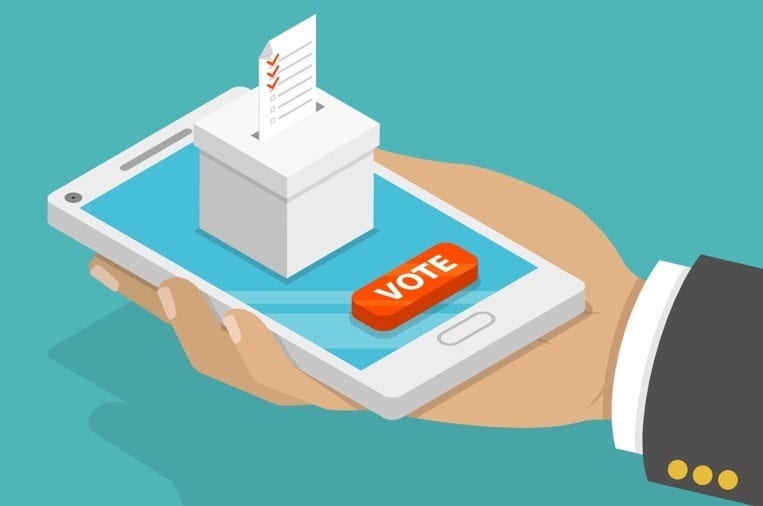The campaign machines are white-hot from churning out the latest pledges, and in one week we’ll know the result of one of the most talked about and significant elections. Conversations, from the workplace to the family dinner table, are likely to have featured some pretty heavy political debate recently, so it’s no surprise that this election has been predicted to see one of the highest turn outs in modern times.
When 12th December rolls around, we’ll all take the time to get ourselves to the polling stations to mark our ‘X’ on a piece of paper that will then be transported to a counting centre to be hand-counted by hundreds of volunteers.
It’s a bit archaic, isn’t it?
Many successive governments have pledged to improve services for citizens, including hinting at digital voting in particular.
1 March 2017
Department for Digital, Culture, Media and Sport
“The UK is already a world leader in digital government, but we want to go further and faster. The new Government Transformation Strategy published on 9 February 2017 sets out our intention to serve the citizens and businesses of the UK with a better, more coherent experience when using government services online – one that meets the raised expectations set by the many other digital services and tools they use every day.”
In fairness, the government is increasing its use of online technologies (for example the gov.uk portal) to make it simpler and easier for citizens to use certain services, but we are a long way off being considered digitally advanced. We have seen the creation of single cross-government platforms services such as the gov.uk Pay and gov.uk Notify platforms. As always, the number one concern with online transactions and commerce is security. The government’s answer to that is the official launch of gov.uk Verified – and their aim is to have 25 million verified users by 2020.
On 22nd May, the Cabinet Office commented “These identity standards help public and private sector organisations know that their users are who they say they are. This minimises fraud and error that can cost organisations, and the taxpayer, significant amounts of money. Providing a standardised way to check identities means an organisation can feel comfortable reusing identities that another organisation has already checked.”
It’s fair to say that the Government have appeared to encourage commerce and citizenship to embrace The Digital Britain Age with confidence.
With technology companies continually developing systems to make them even more secure, most of us have welcomed The Digital World with open arms. We’re sending money, applying for passports and visas, and managing all 3rd party aspects of personal and commercial life from utility bills to medical requirements all via the internet.

So why can’t citizens use the power of the Digital Age to vote?
It seems perfectly logical to assume that with a digitally-verified profile, online voting would be a cinch. Open the polls online, verify the users against their digital profile and reject votes from IP addresses outside the UK territories.
Voting pilots took place in the UK in 2000, 2002, 2003, 2004, and 2006. In 2000 and 2004, the London Mayoral Assembly and European Parliamentary elections were counted using an optical scan voting system; not the internet.
In January 2016, the UK Parliament announced it had no plans to introduce electronic voting for statutory elections, either using electronic voting in polling booths or remotely via the internet. However, in Scotland, electronic counting was used in the 2012 and 2017 council elections without any problems being detected.
Remarkably, the only countries in the world that have implemented or have begun the commitment to electronic voting are Brazil, Estonia, India, Namibia, Romania, Switzerland, United Arab Emirates, United States of America, and Venezuela.
France announced that electronic voting would not be permitted in the 2017 legislative elections due to cybersecurity concerns. Germany ended electronic voting in 2009, with the German Federal Constitutional Court finding that the inability to have meaningful public scrutiny meant that electronic voting was unconstitutional. Ireland said that the 7,000 machines purchased for electronic voting would not be used and would be disposed of. Finland’s working group studying electronic voting recommended against the technology, concluding that the risks outweighed the benefits.
EU CyberVote launched a project in 2000, with the aim of demonstrating “fully verifiable on-line elections guaranteeing absolute privacy of the votes and using fixed and mobile Internet terminals”. Trials were performed in Sweden, France, and Germany but were never taken forward.
Closer to home, a European digital revolution seems to have been stymied by our green-pledging politicians, and it would seem that our politicians are keen to promote our use of digital technology for secure and private transactions but are less committed when it comes to counting their own votes.
Why is the enablement of electronic voting so important?
Rightly so, close to the top of our current list of priorities is the environment. Are we not trying to mitigate our activities, such as driving to and from a polling station or post office, that contribute to greenhouse gases? Not to mention that the economic cost associated with an election is completely out-of-sync with people’s values on political indulgence.
If we take just the impending UK election alone, think of the green and financial savings that could be made if electronic voting was adopted.
Some high-level facts to ponder:
There are 45,775,700 people in the UK eligible to vote in the 12th December General Election.
A polling card weighs 5 grams. The weight of all printed polling cards equals 225 tons.
The end-to-end journey these polling cards will entail (after the manufacturing process!) includes delivery to the post office sorting offices from the manufacturers, to our door by our postman, to the polling stations in large batches, individual postal votes, and large batches from the polling stations to the count, and to the point of storage or destruction from the count.
Take delivery miles as one element to consider. Assume an aggregate of 1 mile for every card. That’s 45 million fuel miles…
Let’s consider polling day itself. There are, according to the BBC, approx. 50,000 Polling Stations in the UK each with an average of 4 people per station to staff them. That’s 200,000 staff, and if we make another assumption that half the staff have a round trip of 5 miles to get to and from the station, this equates to another half a million fuel miles consumed just to operate the poll.
Then, of course, the public will come to vote. Assuming again, let’s say that half of the 45 million people eligible to vote drive to the polling station and their drive is an average of 3 miles round trip. That’s another 67 million fuel miles.
Finally, we have the people who staff the count; the counters, verifiers, candidates, and supporters. It’s safe to assume that a high proportion will use a motor vehicle to arrive there.
And after all that, what of the green footprint of the card itself? How will it end its use? Recycled, landfill or incineration?
All in all, it’s highly likely that the UK election will add over 100 million fuel miles to the environment, without taking into consideration any of the other activities surrounding the elections. That’s 40 super tankers of crude oil that will need to be transported and refined to make that much fuel.
Doesn’t sound that green, or cost effective, does it?
The reality is that electronic voting should be available, but the initiatives by governments are not in place to force politicians to change and deliver greener, cheaper voting.
All the while, 250 miles above our heads, the crew of the International Space Station have been able to electronically cast their vote from space since 1997.
To learn more about Vissensa and what we stand for, read below!
© Vissensa Limited 2008 -2020











